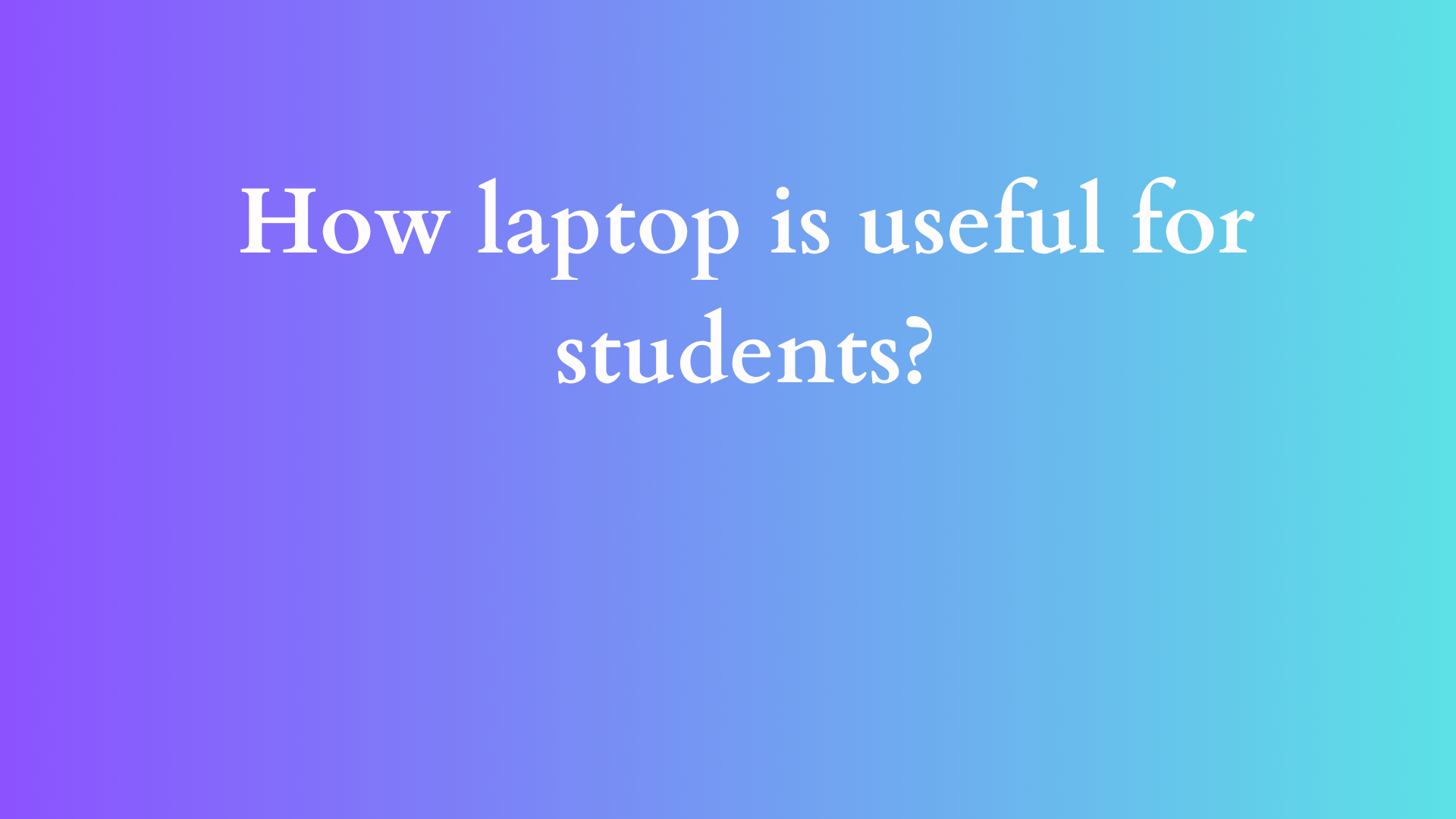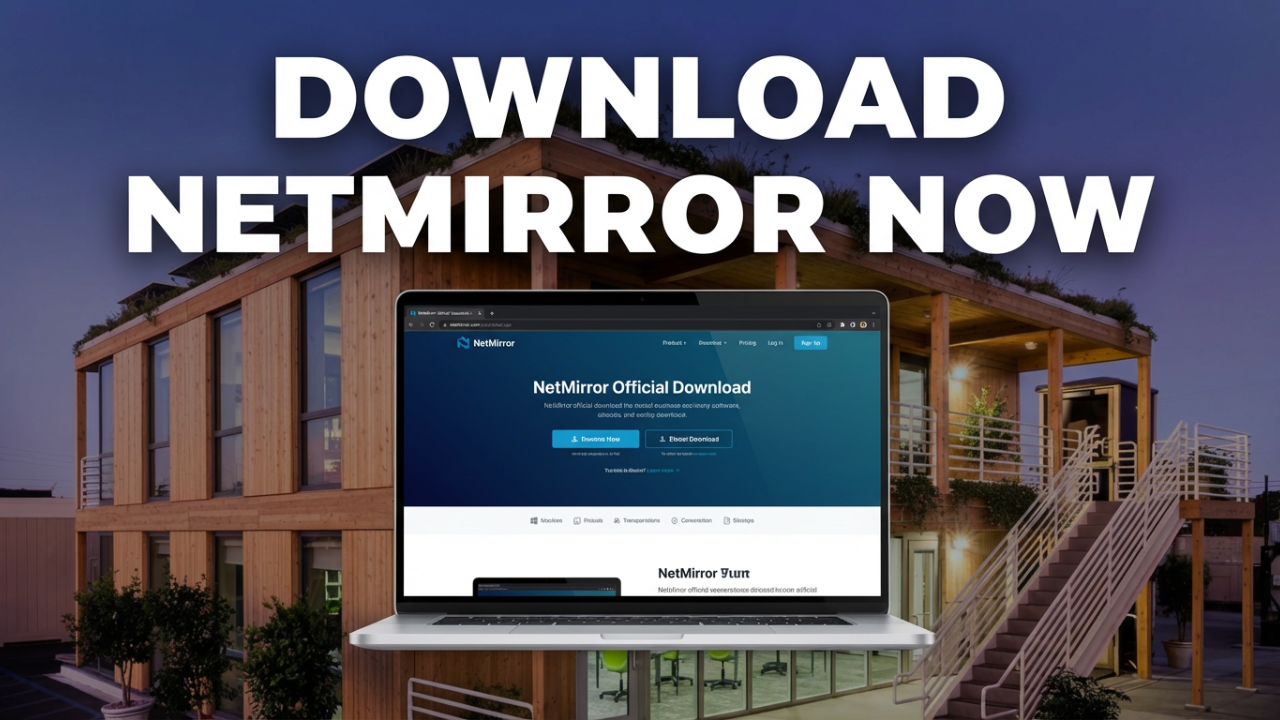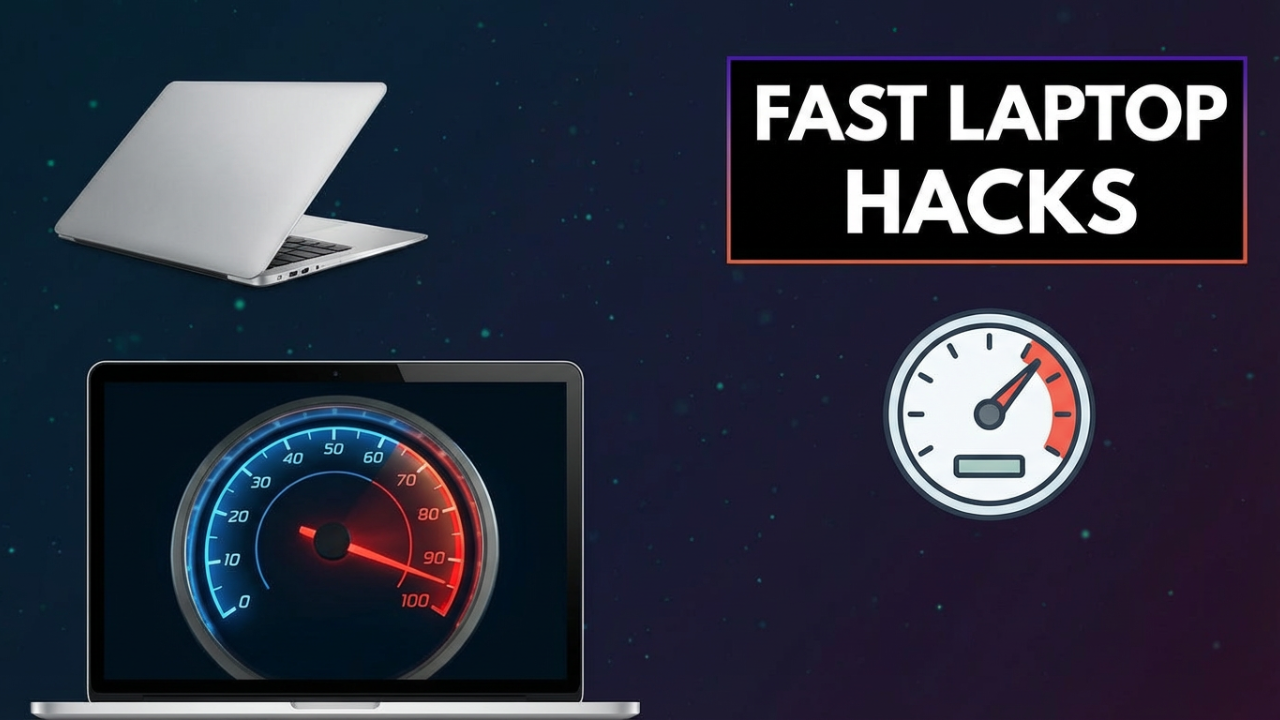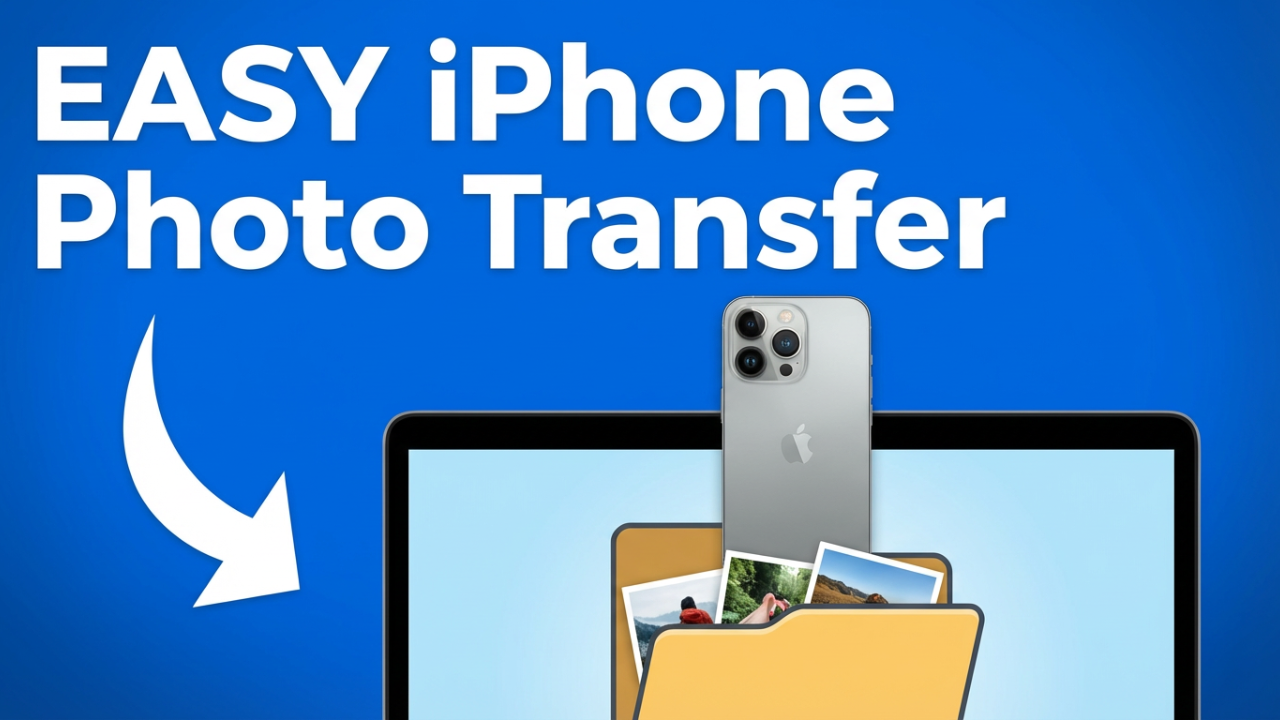The Importance of Laptop for Students: A Comprehensive Overview
In an age marked by rapid technological advancement, the role of laptops in education has become increasingly pivotal. As educational institutions continuously embrace digital learning, students at all levels—from elementary to higher education—are discovering how laptops can enrich their academic journeys. This blog post aims to explore the myriad ways in which laptops are beneficial for students, enhancing their learning experiences, productivity, and overall educational outcomes.

1. Accessibility to Information
One of the most significant advantages of laptops is the ease of access to information. The Internet is a vast repository of knowledge, and students armed with laptops can tap into a wealth of resources that were previously unavailable. Online databases, scholarly articles, educational websites, and e-libraries provide students with the tools they need to conduct thorough research for projects and assignments. This accessibility allows for a more thorough understanding of topics and encourages independent learning.
Research and Data Collection
Students can gather information quickly and effectively. For instance, when working on essays or business projects, they can easily find sources, gather data, and compare diverse viewpoints. Moreover, utilizing digital tools like Google Scholar or citation management software simplifies the research process, helping students stay organized and focused.
2. Improved Learning Tools and Applications
Laptops host a range of educational applications designed to enhance the learning experience. From productivity software like Microsoft Office and Google Docs, which facilitate writing and collaboration, to learning platforms such as Khan Academy and Coursera, which offer tutorials across various subjects, the opportunities for students to engage with content are immense.
Interactive Learning
Many software solutions include interactive simulations, quizzes, and learning management systems (LMS) that cater to different learning styles. Students can engage in self-paced learning and revisit challenging materials as needed, ultimately leading to a deeper understanding of the subject matter.
3. Enhanced Collaboration
Collaboration is a crucial component of modern education, and laptops make it easier than ever for students to work together, even from different locations. Through cloud services like Google Drive and Microsoft OneDrive, students can share documents, collaborate on group projects, and provide real-time feedback to each other.
Communication Tools
Various communication tools, such as Zoom, Microsoft Teams, and Slack, enable students to hold virtual meetings, exchange ideas, and brainstorm solutions. This fosters a sense of teamwork and prepares students for collaborative work environments they may encounter in their careers.
4. Efficiency in Organization and Time Management
Laptops can significantly improve students’ organizational skills. Digital calendars and task management applications allow students to track assignments, set deadlines, and prioritize tasks effectively.
Note-taking and Document Organization
Applications like Evernote, Microsoft OneNote, and Notion provide versatile mediums for note-taking. Students can create tags, organize by subject, and even add images and links, making it easier to find notes later. The digitization of notes helps preserve them in an accessible format and minimizes the risk of losing important documents.
5. Engaging with Multimedia Content
Laptops are not just tools for word processing but are gateways to engaging multimedia content. Students can watch educational videos, listen to podcasts, and explore interactive graphics that enrich their understanding of complex concepts.
Creative Projects
For art and design students, laptops equipped with graphic design software like Adobe Creative Suite or educational tools like Canva enable them to create portfolios and projects that showcase their skills. Music students can use software to compose and produce music, while computer science students have the tools to learn coding languages through platforms like Codecademy or GitHub.
6. Flexibility in Learning Environments
One of the standout features of laptops is their portability. Students can study in various settings—be it at home, in the library, or while on the move. This flexibility allows for learning to take place outside the traditional classroom setting.
Remote Learning
As evidenced by recent global events, the ability to engage in remote learning is crucial. Laptops make it feasible for students to attend online classes, access course materials, and participate in virtual discussions without being physically present on campus. This accessibility can be particularly beneficial for students with disabilities or other commitments that may limit their ability to attend in-person classes.
7. Cost-Effectiveness
In the long run, investing in a laptop can be more cost-effective than purchasing physical textbooks and materials. Many schools and publishers now offer digital versions of textbooks at significantly reduced prices. Additionally, students can access free online resources, saving money and reducing the financial burden of traditional educational expenses.
E-Books and Online Resources
Many educational institutions provide students with access to online library catalogs and e-books, further reducing costs associated with physical books. Subscriptions to educational websites often come at a fraction of the price of traditional textbooks, allowing students to benefit from updated content and interactive supplements.
Conclusion
Laptops are undeniably indispensable tools in the modern educational landscape. They enhance accessibility, foster collaboration, improve organization, and provide flexibility in learning environments. As technology continues to evolve, the role of laptops in education is likely to grow even more central.
For students, mastering the use of laptops and integrating them into their learning processes can lead to improved academic performance and prepare them for a technology-driven world. Embracing this digital tool equips them with skills that go beyond the classroom, ensuring they are well-prepared for future challenges in their educational and professional journeys.
In essence, a laptop is not merely a gadget; it is a powerful educational ally that opens doors to knowledge, creativity, and collaboration, ultimately shaping the future of learning for generations to come.
Shop Now






